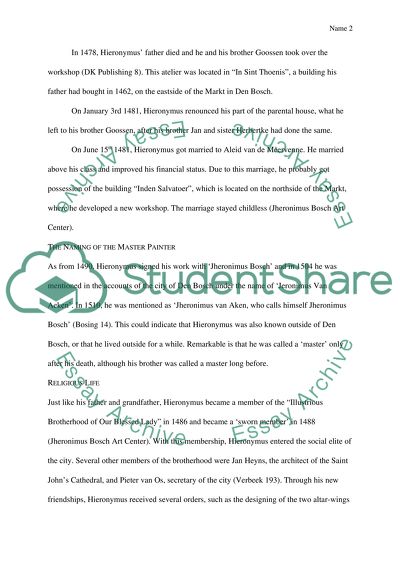Cite this document
(“Hieronymus Bosch Essay Example | Topics and Well Written Essays - 1500 words”, n.d.)
Retrieved from https://studentshare.org/environmental-studies/1416487-hieronymus-bosch
Retrieved from https://studentshare.org/environmental-studies/1416487-hieronymus-bosch
(Hieronymus Bosch Essay Example | Topics and Well Written Essays - 1500 Words)
https://studentshare.org/environmental-studies/1416487-hieronymus-bosch.
https://studentshare.org/environmental-studies/1416487-hieronymus-bosch.
“Hieronymus Bosch Essay Example | Topics and Well Written Essays - 1500 Words”, n.d. https://studentshare.org/environmental-studies/1416487-hieronymus-bosch.


